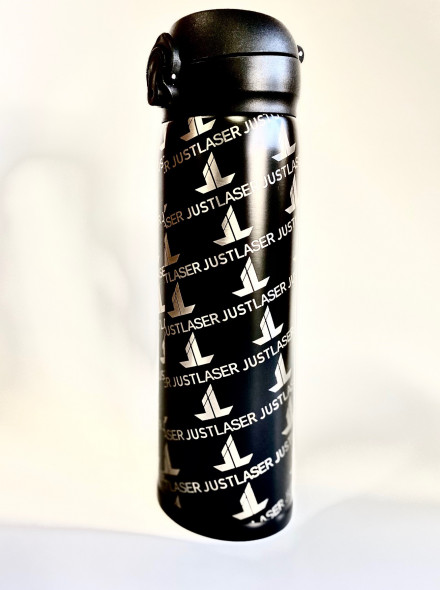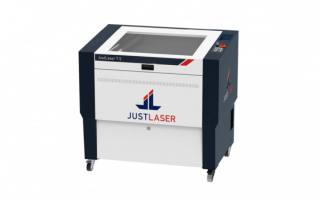Anodised aluminium is a special, surface-treated form of the metal. In this process, a protective oxide layer is formed on the material through an electrochemical process. This layer is made from the aluminium itself, is fully integrated and isn’t additionally applied to the metal. As long as it remains fully intact, it protects the aluminium from corrosion. The process is also used to give the aluminium a wide variety of colours.
Laser cuts from anodised aluminium are usually used for mechanical engineering and tool construction, in sheet metal processing, in the advertising industry, the gifts industry, the electronics industry – e.g. for smartphones, computers and tablets – and even in fab labs. Examples of applications for high-quality laser engravings are barcodes and logos, type plates, front plates, serial numbers, as well as promotional items like pens, USB sticks, notebooks, etc.
WHICH MATERIALS CAN BE PROCESSED USING LASERS?
- Anodised and naturally anodised aluminium
- Anodised layers
If you want to engrave anodised aluminium with a laser, the laser machines from JustLaser are the ideal solution. Aluminium marking is mostly used in industrial production for coding and product labelling as protection against forgery and in serial production. As even elaborate and fancy designs, logos or lettering can be engraved quickly and easily using laser machines, the modern technology is also enjoying great popularity in the advertising industry and gifts industry, with photo engravings, in front plate production, in jewellery design and among sign makers.
The selective removal of top layers is often carried out on anodised aluminium or other lacquered metals. This allows the different colour of the base to come through. A light, high-contrast engraving can be created depending on the colour of the oxide layer. This process does not fully remove the protective layer.
Anodised aluminium can also be marked black. In this process, the laser causes the formation of a high-contrast and abrasion-resistant oxide layer in various shades of grey or black. The material surface remains undamaged. The process is often used for marking smartphones and laptops, or for unique device identification for medical products.



